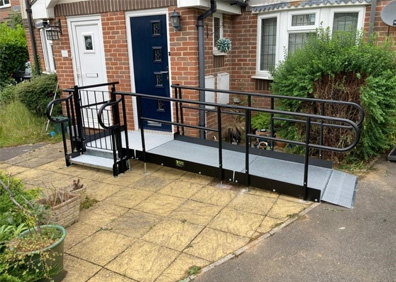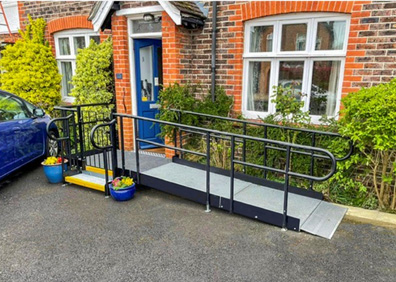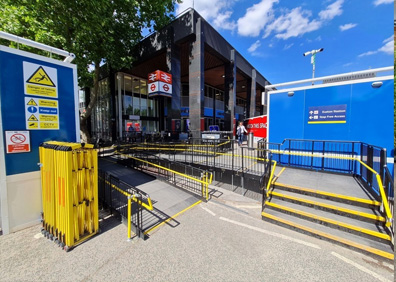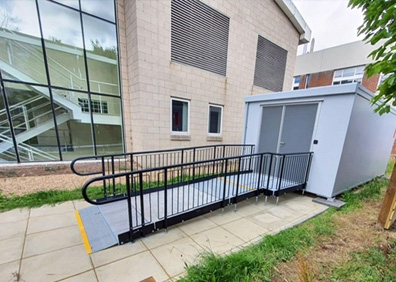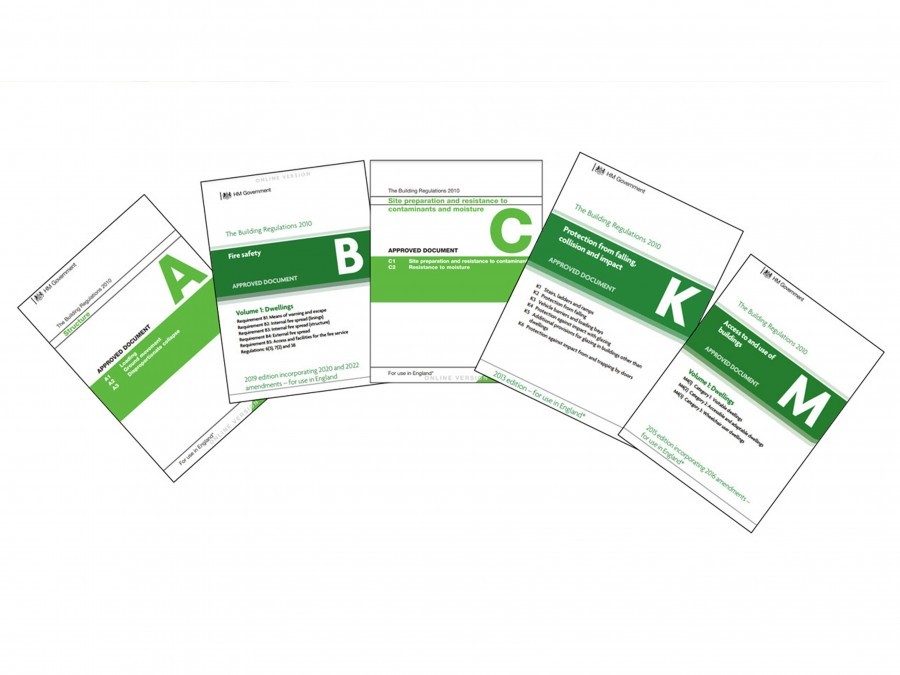
Published on Tuesday 9th May 2023
The British standards and the Approved documents both provide essential guidance and regulations for many UK-based projects and industries, including construction.
The British standards and the Approved documents both provide essential guidance and regulations for many UK-based projects and industries, including construction.
The British Standards Institution (BSI)
The British Standards Institution (BSI) developed the British standards, a set of voluntary technical measures that are not legally binding. However, they are widely referred to in building specifications and contracts; and promote good practice and improve quality in the construction industry, covering various standards in construction, including (but not limited to) materials, processes, and testing methods.
The Approved Documents.jpg)
The Approved Documents are a collection of documents produced by the UK government that provide guidance on how to comply with the Building Regulations with minimum standards that must be met in areas, including fire safety, energy efficiency, accessibility, and structural stability. Architects, builders, and building control officers often use them to ensure compliance.
If there is a clash between the Approved Documents and the British standards, which do I follow?
The Approved Documents are mandatory requirements, unlike British Standards, which are voluntary guidelines that are often used to support good practice and improve the quality of construction.
What do the Approved Documents state for handrails on ramps?.jpg)
- They must be slip-resistant and have a warm-to-touch finish.
- It must be looped or closed. This is stated to prevent clothes from catching.
- Infill rail must be included for residential buildings when the ramp height exceeds 600mm.
- Infill rail must be included for commercial and public buildings when the ramp height exceeds 380mm.
- They must be between 900-1000mm high.
- For buildings other than dwellings, the Building Regulations state that the minimum guard rail height for a level platform is 1100mm (Doc K. Page 24. Diagram 3.1. / BS8300-1. Page 42).
What do the Approved Documents state for ramps?
Document M Volume 2 and Document K are the Approved Documents that cover ramped access.
For compliance with Building Regulations, a dwelling ramp can accomplish a minimum gradient no less than 1:12 (4.7 degrees) and achieve a minimum width of 900mm, as stated in Documents M and K of the Building Regulations. >Further Information On Ramp Regulations For Residential Buildings<
For buildings other than dwellings, the ramp must achieve a minimum width of 1500mm and can accomplish a minimum compliant gradient of 1:15. 1:20 is also often specified. >>Further Information On Ramp Regulations For Public Buildings<<
Quick Quotation For Ramps & Steps
Quotations can be returned within 24hrs if there is clear information given, including project address, drawings, photos and contact details.
CPD Training
The CPD (Continuing Professional Development) training offered is completely free and gives you an in-depth breakdown of the Building Regulations surrounding access to dwellings or public buildings.
The session is an hour-long and delivered at a time and place that is convenient for you and your colleagues.
The training is also available as an online session with our in-house adviser, who will deliver the training using the shared screen tool. Plus, electronic copies of the CPD literature is emailed to participates. >>Further information on the CPD session<<
Sources:
Crown, 2015, The Building Regulations, Approved Document M: access to and use of buildings, volume 1: dwellings (https://assets.publishing.service.gov.uk/media/5a7f8a82ed915d74e622b17b/BR_PDF_AD_M1_2015_with_2016_amendments_V3.pdf)
Crown, 2021, The Building Regulations, Approved Document M: access to and use of buildings, volume 2: buildings other than dwellings (https://assets.publishing.service.gov.uk/media/60b0ea89d3bf7f43560e324a/Approved_Document_M_vol_2.pdf)
Crown, 2013, The Building Regulations 2010, Approved Document K: protection from falling, collision and impact (https://assets.publishing.service.gov.uk/media/60d5bdcde90e07716f516cfd/Approved_Document_K.pdf)
The British Standards Institution, 2024, About bsi (https://www.bsigroup.com/en-GB/about-bsi/)
THE UK’S EXPERTS IN MODULAR RAMP SYSTEMS.
Rapid Ramp
Riverside Works, Church Ln, Etchingham, TN19 7AS
Hours:
8am - 5pm, Monday to Friday

